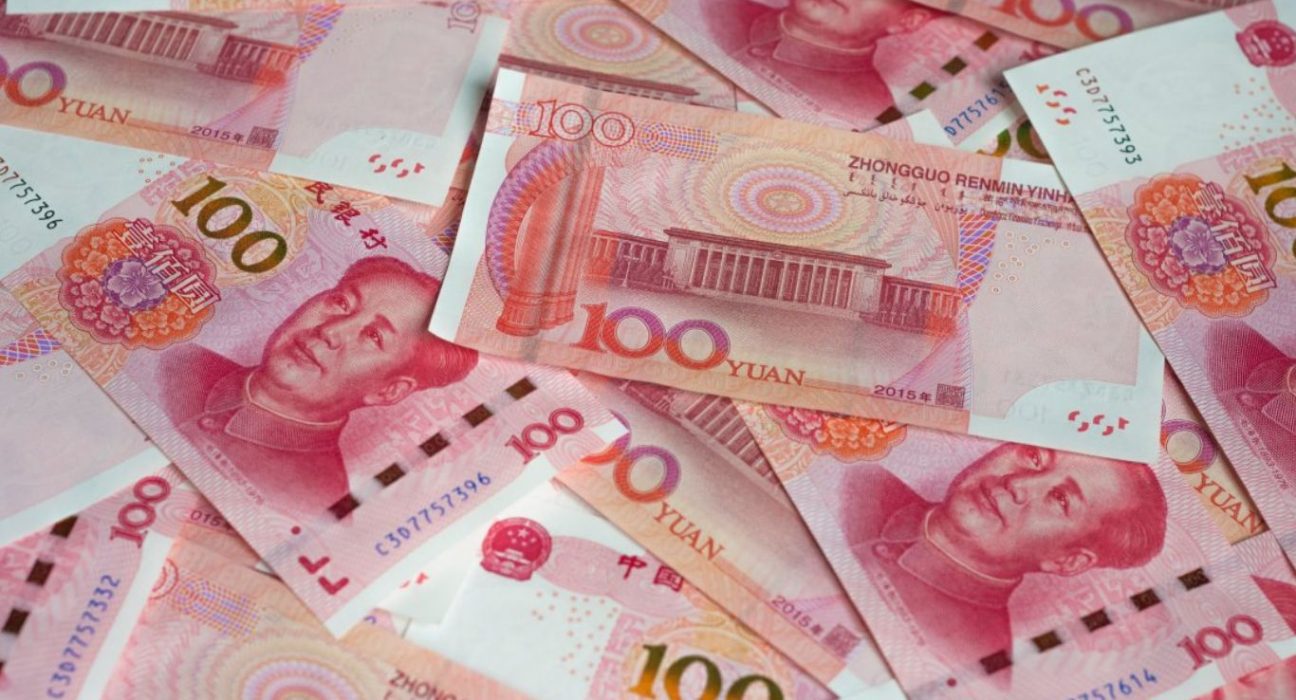Introduction
The Chinese yuan, despite overnight gains, remained steady in contrast to other Asian currencies. This stability comes amid concerning reports indicating a further deterioration of trading conditions in China during the month of June. In this article, we delve into the factors behind the yuan’s performance and analyze its impact on the broader Asian currency landscape.
Trading Conditions in China Weaken
According to recent data, China’s trading conditions experienced a decline in June, highlighting challenging economic circumstances. This downward trend has raised concerns about the country’s economic stability and potential repercussions on the global market. While the yuan initially saw gains, it managed to maintain its stability despite these worsening conditions.
Yuan’s Resilience Amid Adverse Data
The yuan’s ability to remain steady in the face of deteriorating trading conditions in China has drawn attention. Market experts attribute this resilience to several factors, including the Chinese government’s intervention to stabilize the currency. China’s central bank employs measures such as adjusting interest rates and intervening in the foreign exchange market to prevent significant fluctuations in the yuan’s value.
Influence on Asian Currencies
China’s economic performance and the stability of its currency have a significant impact on other Asian currencies. As the largest economy in the region, any fluctuations in the yuan can trigger a ripple effect, influencing the trading conditions and exchange rates of neighboring countries. Investors and policymakers closely monitor the yuan’s movements as a barometer of overall economic health in Asia.
Trade War Concerns
One crucial factor influencing China’s trading conditions is the ongoing trade war with the United States. The tariffs and trade restrictions imposed by both countries have led to uncertainties and disruptions in global trade. The fluctuating dynamics of the trade war can exert pressure on the yuan and other Asian currencies, as market participants gauge the potential ramifications on international trade and economic growth.
Economic Slowdown
China’s economic growth has been slowing down in recent years, which can impact the trading conditions in the country. Various factors contribute to this slowdown, including demographic changes, structural shifts in the economy, and increased debt levels. As the Chinese government manages this economic transition, it aims to strike a delicate balance between growth and stability, which can have implications for the yuan’s performance.
Central Bank Intervention
The People’s Bank of China (PBOC) plays a crucial role in stabilizing the yuan. Through its monetary policies and foreign exchange interventions, the PBOC aims to ensure a controlled and gradual depreciation of the currency. By actively managing the yuan’s value, China’s central bank seeks to avoid sudden and drastic currency fluctuations that could negatively impact its export-oriented economy.
Global Market Impact
Given China’s status as the world’s second-largest economy, any changes in the yuan’s value can reverberate throughout global markets. Investors and multinational corporations with exposure to China closely monitor the yuan’s performance. Fluctuations in the currency can affect trade flows, investment decisions, and the profitability of international businesses. Therefore, stability in the yuan is crucial for maintaining global market confidence.
Future Outlook
As China continues to navigate through evolving trading conditions, the future outlook for the yuan remains uncertain. The country’s ongoing economic reforms, trade negotiations, and geopolitical dynamics will shape the currency’s performance in the coming months. The effectiveness of the Chinese government’s policies and its ability to manage domestic challenges will play a vital role in maintaining stability in the yuan and minimizing disruptions in the broader Asian currency landscape.
Conclusion
Despite the worsening trading conditions in China, the yuan managed to maintain stability, standing as an outlier among Asian currencies. The country’s economic slowdown, the ongoing trade war with the United States, and central bank interventions all contribute to the yuan’s performance. As investors and policymakers closely observe the yuan’s movements, its resilience becomes a crucial indicator of economic health in China and the wider Asian region.










